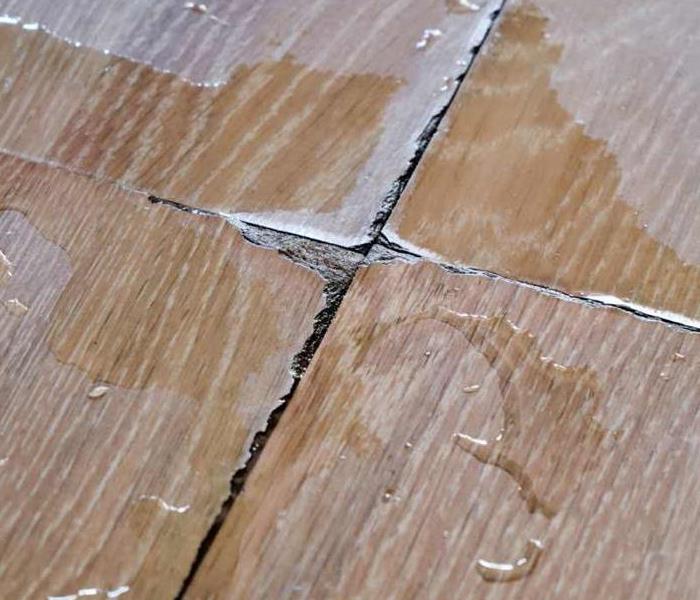How to Efficiently Clean Up Water Damage
11/9/2023 (Permalink)
Water damage can be a frustrating and costly event for homeowners. Whether it is caused by a leaky pipe, a flood or a burst water heater, it is important to address the issue promptly to prevent further damage and growth. In this blog post, we will outline a step-by-step guide to efficiently clean up water damage and restore your home back to its original state.
1. Ensure Safety:
Before starting the cleaning process, it is crucial to ensure your safety. Turn off the power supply to the areas to avoid the risk of electrocution. Additionally, wearing protective gear such as gloves, boots, and masks is essential to protect yourself from contamination.
2. Remove Excess Water:
Using an extraction machine, tool or a water pump, to remove as much excess water as possible from the area. Start by extracting the water from the floor, carpets, and furniture. Make sure all water is extracted before going into any drying processes.
3. Drying Dehumidification:
Once the excess water is removed, the next step is to dry out thoroughly. Set up air movers and use dehumidifiers to promote air circulation and speed up the drying process. Make sure to dry not only the visible surfaces but also hidden areas such as behind walls and under flooring to prevent mold growth.
4. Salvage:
Evaluate the affected items and determine which can be salvaged and which need to be discarded. Porous materials such as carpets, upholstery, and drywall should be removed and replaced if they are heavily soaked or contaminated. Non-porous items can be cleaned and disinfected using a mixture of water and bleach or a commercial disinfectant.
5. Prevent Mold Growth:
After the water damage cleanup, it is crucial to prevent mold growth. Use mold-inhibiting spray apply antimicrobial treatments to the affected surfaces. Monitor the humidity levels in your home and a hygrometer to ensure they remain below 50%. Consider installing a dehumidifier or using moisture absorbers to maintain a dry environment.
6. Professional Restoration:In severe cases of damage, such as extensive flooding or damage to the structure of the house, it is advisable to seek SERVPRO of Fernandina Beach/Jacksonville Northeast. Experienced professionals such as us have the expertise and equipment to handle complex situations and ensure thorough restoration of your home.
Conclusion:Water damage can be a challenging situation to deal with, but following the steps outlined above, you can efficiently clean up the damage and restore your home to pre loss condition. Remember to prioritize safety, remove excess water, thoroughly dry the affected areas, salvage and disinfect items, and take preventive measures to avoid mold growth. If in doubt, do not hesitate to contact SERVPRO of Fernandina Beach/Jacksonville Northeast's professional restoration services to ensure a successful cleanup process.






 24/7 Emergency Service
24/7 Emergency Service
